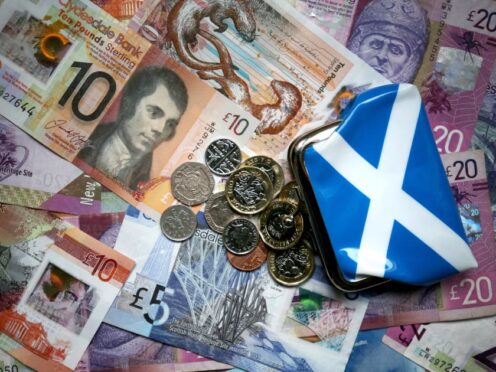
Additional spending by the Scottish Government on social security could provide a £300 million boost to the country’s economy, new research has suggested.
First Minister Humza Yousaf said the research showed that welfare spending could have a “significantly positive impact”.
The Scottish Government is to spend a record £6.3 billion on welfare payments in 2024-25 – with ministers at Holyrood investing £1.1 billion above the cash received from Westminster for benefits.
Now, a new paper from the Scottish Government has stated that “the additional £1.1 billion of social security spending could result in a £300 million boost to Scottish GDP in the short term”.
The research was based on the same techniques used by the Office for Budget Responsibility.

Overall the government paper said that as well as providing an “important financial safety net to those most in need”, spending on social security could “also have a role in supporting the broader economy, acting as a stabiliser for the economy by providing additional income when there is a downturn”.
It added that increasing the number of Scots in the labour force by about 0.25 percentage points could boost GDP by about £180 million a year over the long term.
With spending on benefits in Scotland including the Scottish Child Payment, which goes to help low income families with children, Mr Yousaf recalled previous research had estimated that “100,000 children will be kept out of relative poverty next year as a direct result of Scottish Government policies”.
The First Minister added: “Analysis published today shows that as well as improving the lives of children across Scotland, the investment we are making in social security spending, alongside measures to help people into work, could have a significantly positive impact on our economy, delivering a £300 million boost to the Scottish economy.
“Growing our economy and tacking poverty goes hand in hand, and that is why my government will continue to use all the powers at our disposal to build on the progress we are making to make people’s lives better in Scotland.”

Enjoy the convenience of having The Sunday Post delivered as a digital ePaper straight to your smartphone, tablet or computer.
Subscribe for only £5.49 a month and enjoy all the benefits of the printed paper as a digital replica.
Subscribe